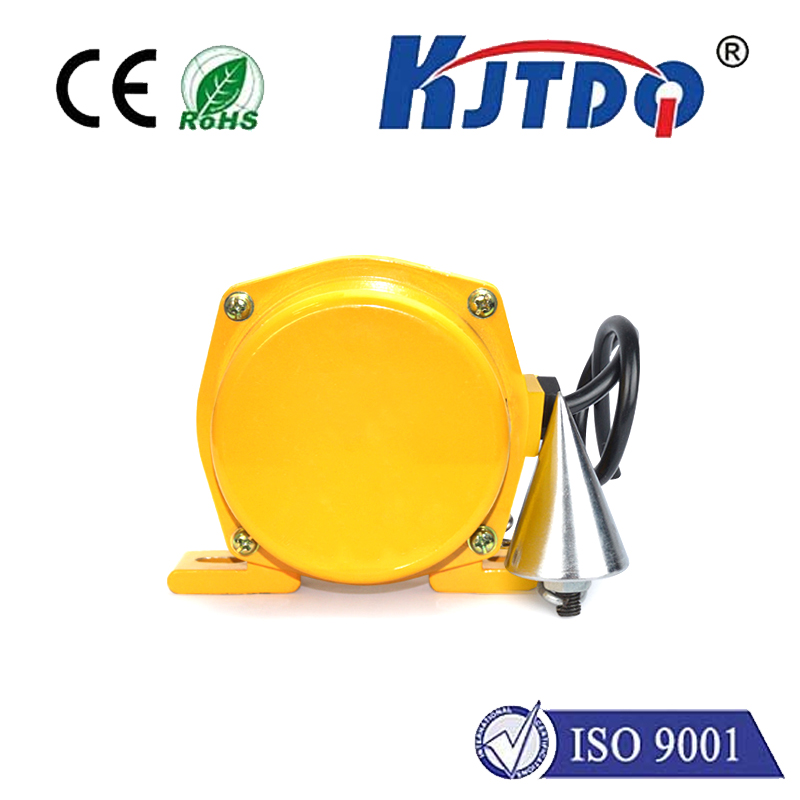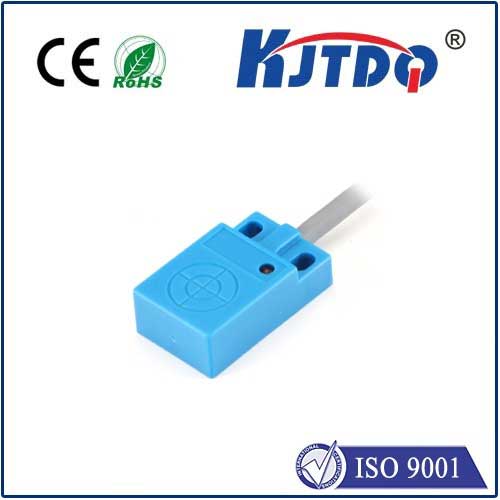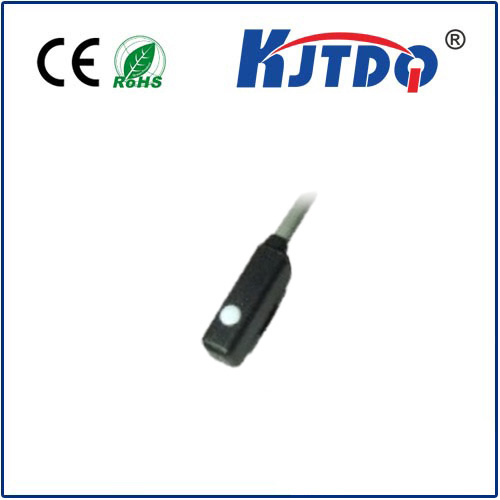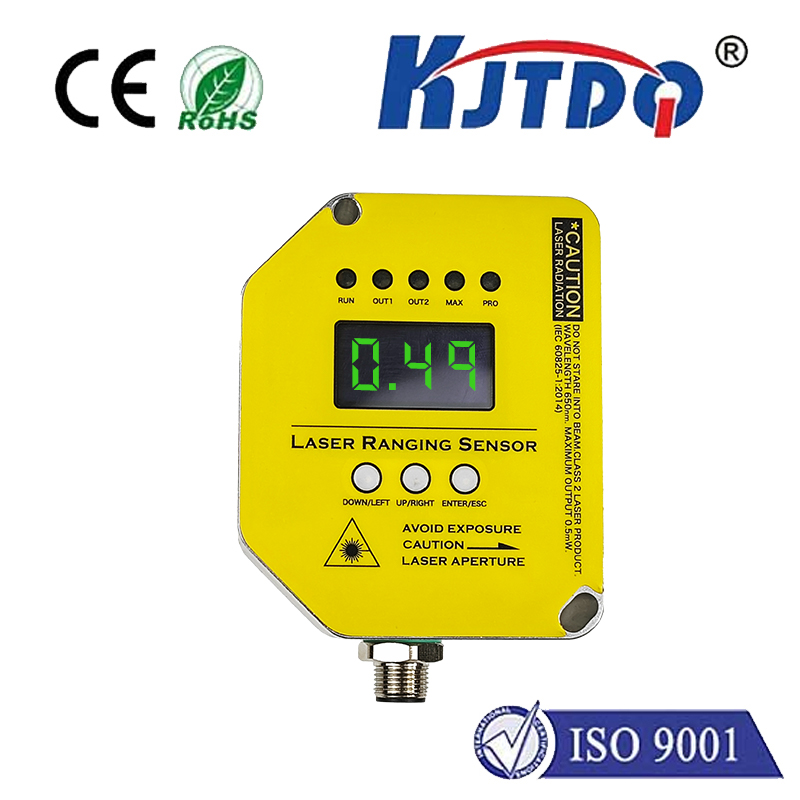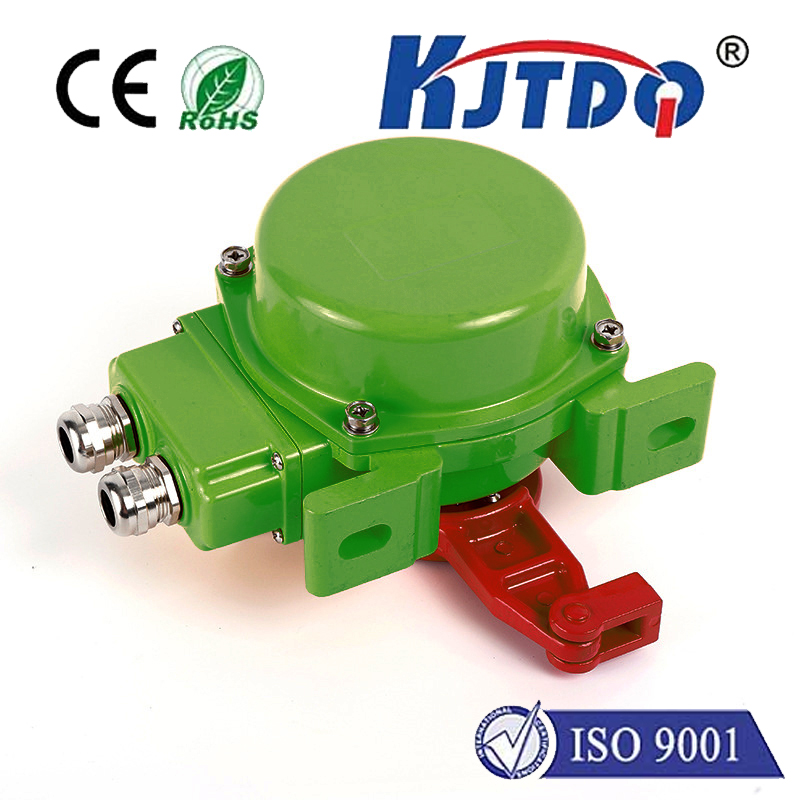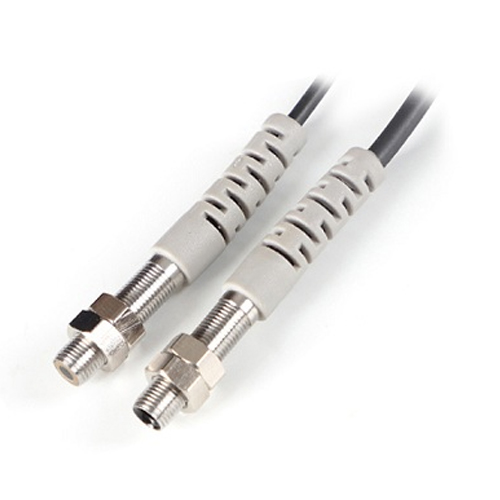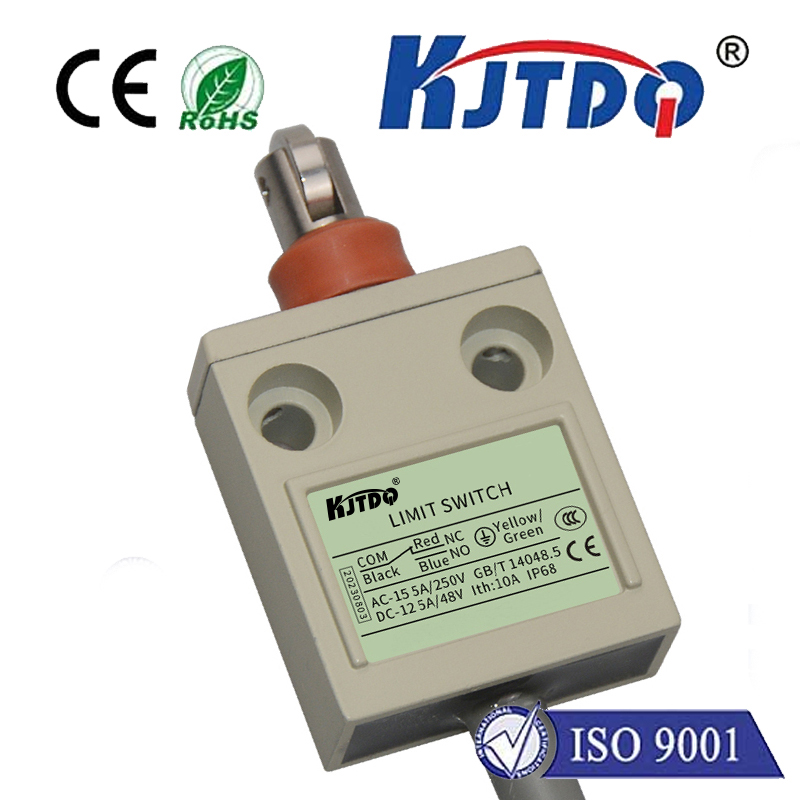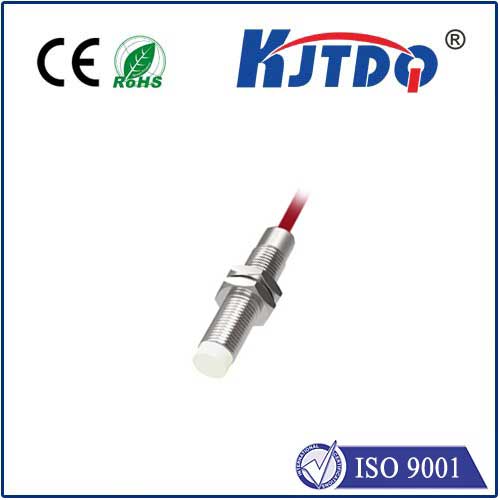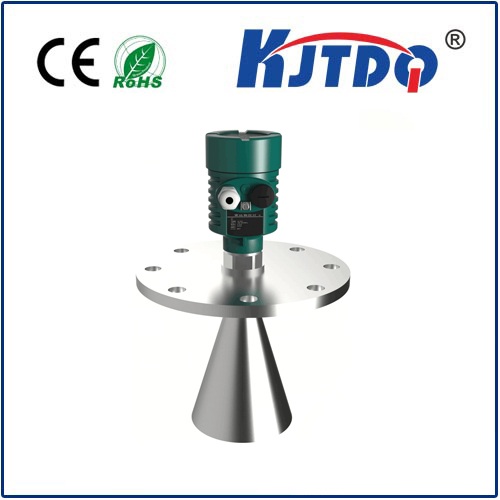aux limit switch furnace
- time:2025-08-04 12:24:14
- Click:0
Aux Limit Switch Furnace: The Unsung Hero Preventing Overheating Catastrophes
Have you ever experienced your furnace abruptly shutting down, only to restart moments later? Or worse, encountered the unsettling smell of overheating components? Often lurking behind these frustrating and potentially dangerous scenarios is a critical, yet frequently overlooked, component: the auxiliary limit switch. This essential safety device within your furnace is quite literally the last line of defense against hazardous overheating and equipment damage. Understanding its role is paramount for safe, reliable heating.
What Exactly Is an Auxiliary Limit Switch?
Within a gas furnace, controlling temperature isn’t just about comfort; it’s fundamentally about safety. Furnaces generate intense heat, and this heat must be effectively transferred to your home’s air via the heat exchanger and safely vented outside. Several temperature-sensing switches work in concert to manage this process:

- The Thermostat: The primary user control, signaling the furnace to start or stop heating based on room temperature.
- The Primary Limit Switch: The first line of defense against overheating within the furnace cabinet. It monitors the air temperature in the plenum (the chamber where heated air collects before entering the ducts). If this temperature rises above a safe preset limit (typically 200°F - 220°F / 93°C - 104°C, but varies by model), it cuts power to the burner, stopping heat generation. Once temperatures cool sufficiently, it automatically resets, allowing the furnace to restart.
- The Auxiliary Limit Switch (High Limit Switch): This is our crucial component. Positioned strategically, often very near the heat exchanger or in the hottest part of the plenum, it acts as a critical fail-safe. Its setpoint is usually higher than the primary limit switch (often 250°F - 300°F / 121°C - 149°C). Its sole purpose? To activate only if the primary limit fails to respond to an overheating condition.
Why is an Auxiliary Limit Switch Essential? The “What If?” Scenario
Imagine a situation where the primary limit switch malfunctions – perhaps it’s coated in dust, has damaged contacts, or simply fails outright. Without a backup, the furnace could continue generating heat even as temperatures rise dangerously high within the cabinet. This scenario poses severe risks:
- Heat Exchanger Damage/Cracking: Excessive, sustained heat is the primary enemy of the metal heat exchanger. It can cause metal fatigue, warping, and ultimately, cracks. A cracked heat exchanger is a critical safety hazard as it can allow deadly combustion gases, including carbon monoxide (CO), to leak into your home’s air supply instead of being safely vented outside.
- Melting of Components: Plastic wiring harnesses, control boards, sensor housings, and other non-metallic parts within the furnace cabinet can melt or warp under extreme heat, causing catastrophic failure and potential electrical shorts.
- Fire Risk: While designed with safety in mind, extreme overheating significantly increases the risk of ignition if flammable materials are nearby or components fail spectacularly.
- Total System Failure: Unchecked overheating can destroy vital parts, leading to a costly furnace replacement.
The aux limit switch furnace safety net is designed specifically to prevent these nightmare scenarios. If temperatures climb high enough to trigger the auxiliary switch, it performs a drastic but necessary action: it shuts down the burner and locks the furnace out, requiring manual intervention (often by an HVAC technician) to reset it. This “hard lockout” prevents the furnace from continuously cycling on and off dangerously or operating in an unsafe state.
Symptoms of a Tripped or Faulty Auxiliary Limit Switch
How do you know if the auxiliary limit switch furnace safety system is doing its job or potentially causing a problem itself?
- Furnace Shuts Down Completely and Won’t Restart: This is the classic sign of a locked-out auxiliary limit. The furnace might run initially, but then shuts off and refuses to turn back on, even after waiting. Resetting the thermostat usually doesn’t work.
- Short Cycling Before Complete Shutdown: Sometimes, the furnace might cycle on briefly and then shut off repeatedly before eventually locking out on the auxiliary limit.
- Unusual Burning Smells: Before locking out, extreme overheating may cause noticeable burning smells (dust, plastic, or paint) emanating from registers or the furnace itself. This is an urgent warning sign.
- Diagnostic Light Code: Modern furnaces have diagnostic lights on the control board. A specific flashing pattern often indicates a high-limit or auxiliary limit switch lockout. Consult your furnace’s manual.
- Visible Damage: In severe cases (though hopefully prevented by the switch!), you might see melted wires or plastic components near the heat exchanger.
Crucial Considerations: Placement, Maintenance, and Professional Attention
- Strategic Location: The effectiveness of the aux limit switch furnace depends heavily on its placement. Manufacturers install it where temperatures rise fastest during a fault – usually the hottest zone near the top of the heat exchanger or the plenum exit. This ensures it reacts only when truly necessary.
- It’s a Symptom, Not Usually the Root Cause: Tripping the auxiliary limit switch is almost always a symptom of a larger problem. While the switch itself can fail (sticking open or closed), it’s more common that it tripped because:
- Restricted Airflow: Extremely dirty air filters, blocked registers, failing blower motor/fan, or collapsing ducts prevent heat from being carried away.
- Undersized Ductwork: Ductwork too small for the furnace’s capacity can’t move enough air.
- Failing Primary Limit Switch: If the primary limit doesn’t trip as designed, the auxiliary has to step in.
- Gas Pressure Issues: Incorrect gas pressure (too high) can cause over-firing and excessive heat.
- Dirty Heat Exchanger: Soot buildup acts as insulation, trapping heat inside the heat exchanger.
- Maintenance is Key: Annual professional furnace maintenance is non-negotiable. A technician will:
- Clean the furnace thoroughly (especially the heat exchanger and blower).
- Inspect/test both limit switches for proper operation and reset function.
- Verify correct airflow and gas pressure.
- Check the condition of the air filter and advise on replacement schedules. Regularly replacing your air filter is the single most impactful thing a homeowner can do to prevent airflow-related limit trips.
- Never Bypass!: If your furnace is locking out on the auxiliary limit, do not attempt to bypass the switch. This removes the critical safety mechanism, leaving your furnace and home vulnerable to the very dangers the switch exists to prevent. Always call a qualified HVAC technician. They can diagnose the underlying cause (airflow restriction, gas issue, failing component), repair it, ensure the limit switches are functioning correctly, and safely reset the system.
The auxiliary limit switch in your furnace operates silently and unseen, asking for nothing. Yet, its role is monumental. It embodies a fundamental engineering principle: redundant safety. By providing a crucial backup layer of protection beyond the primary controls, this small device prevents minor malfunctions from escalating into catastrophic failures, protecting your equipment, your home, and most importantly, your family. Recognizing its importance underscores the critical value of preventative maintenance and professional expertise in keeping your furnace operating reliably and safely for years to come. When it comes to furnace safety, the aux limit switch furnace barrier truly is the silent guardian you want standing watch.






